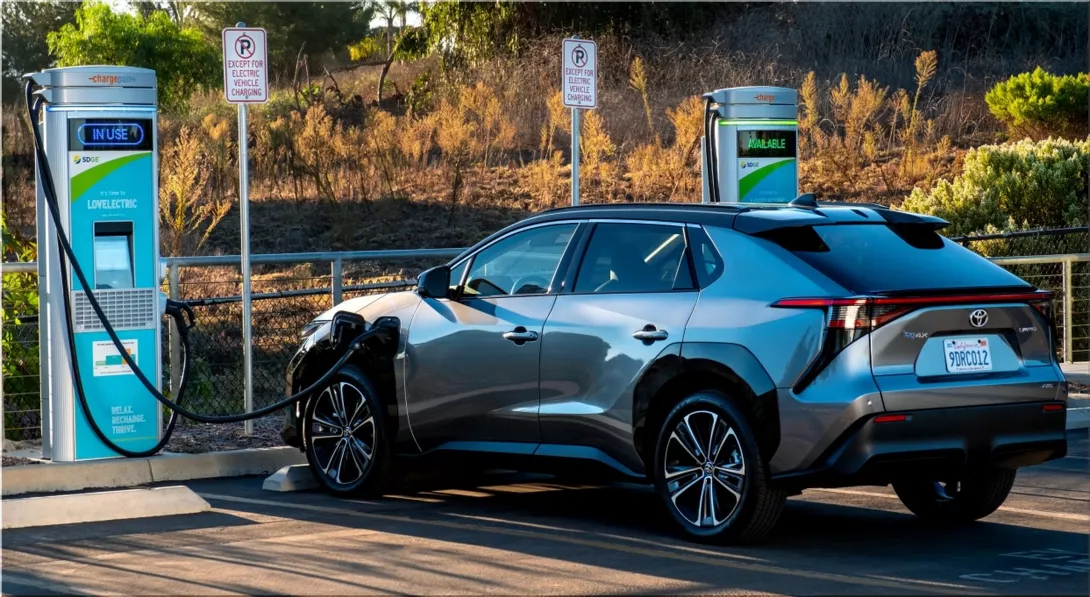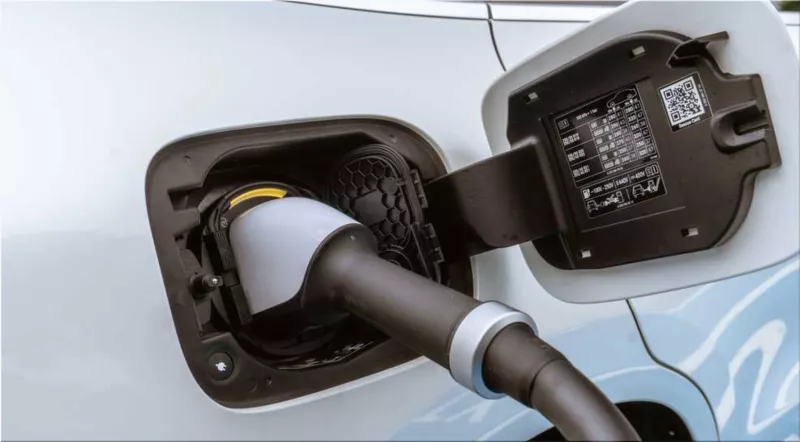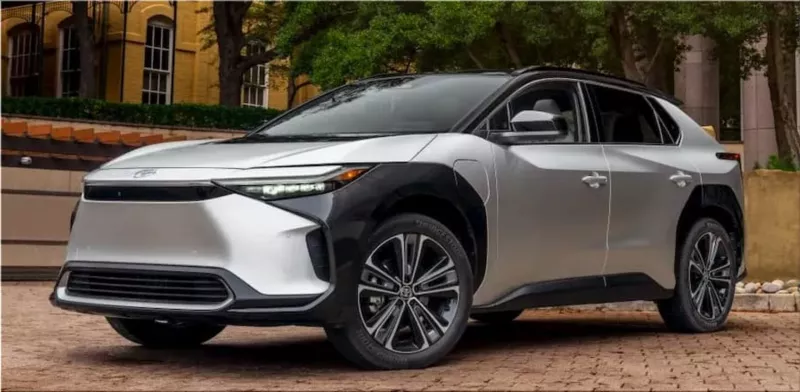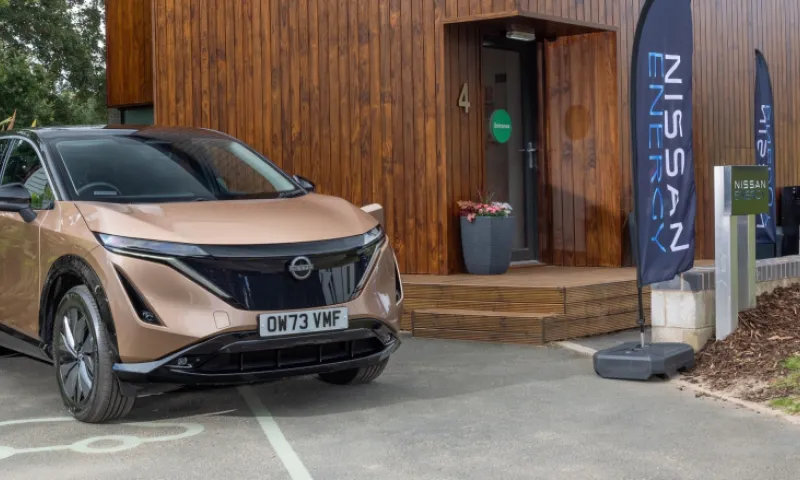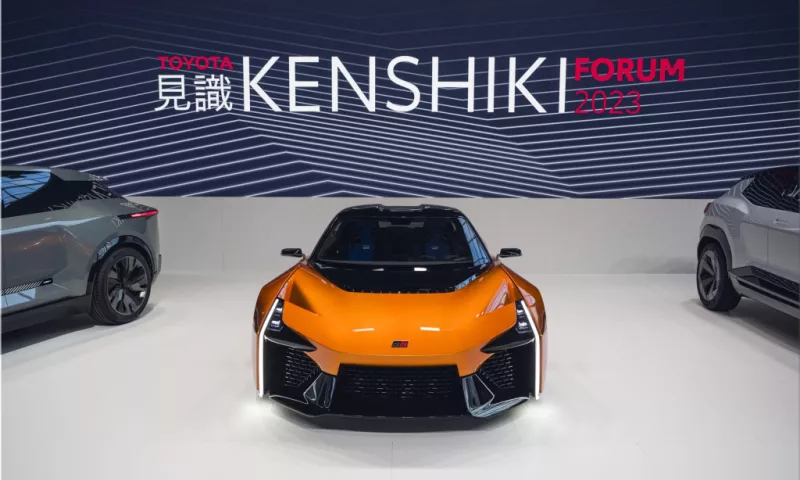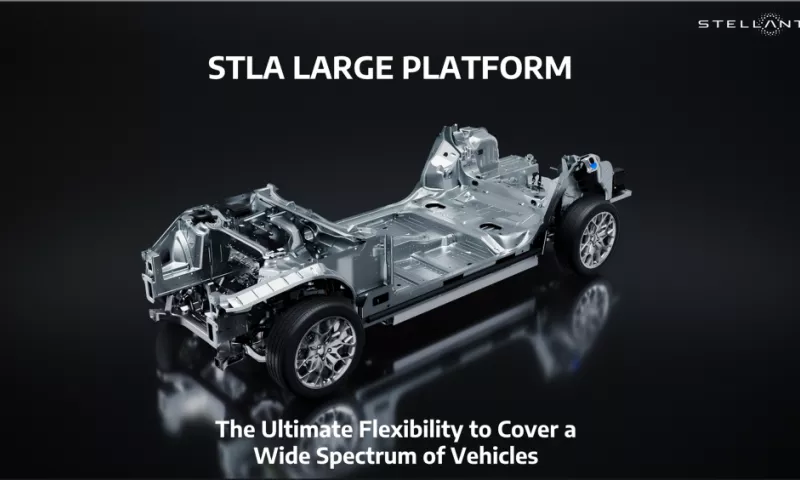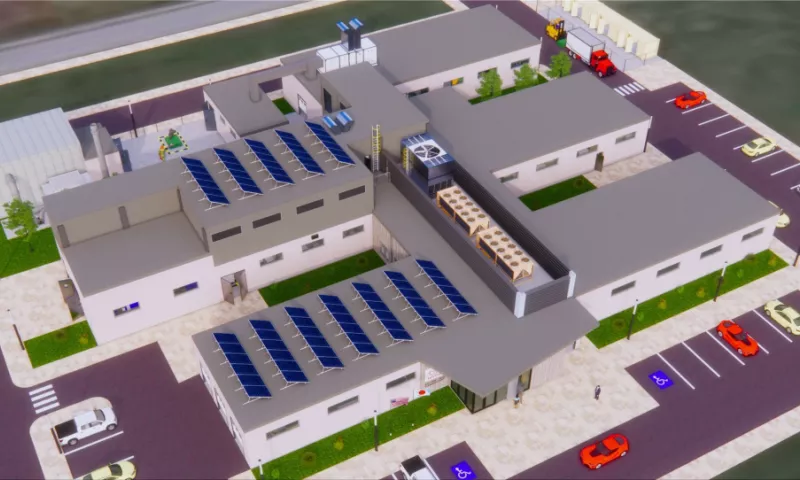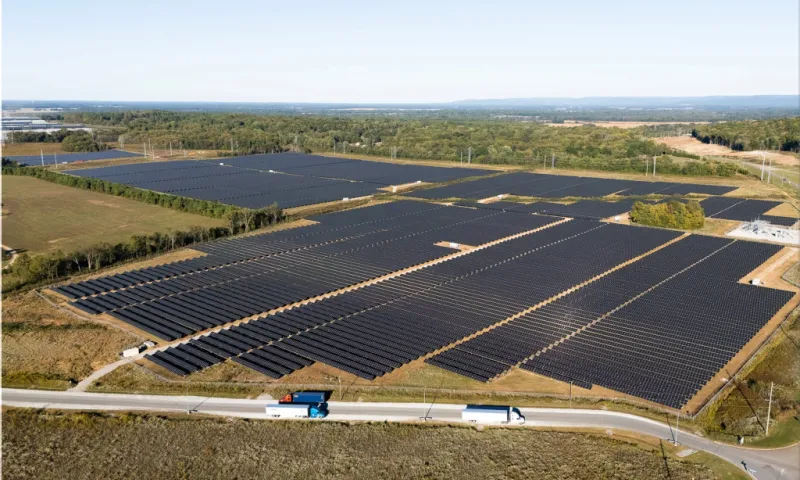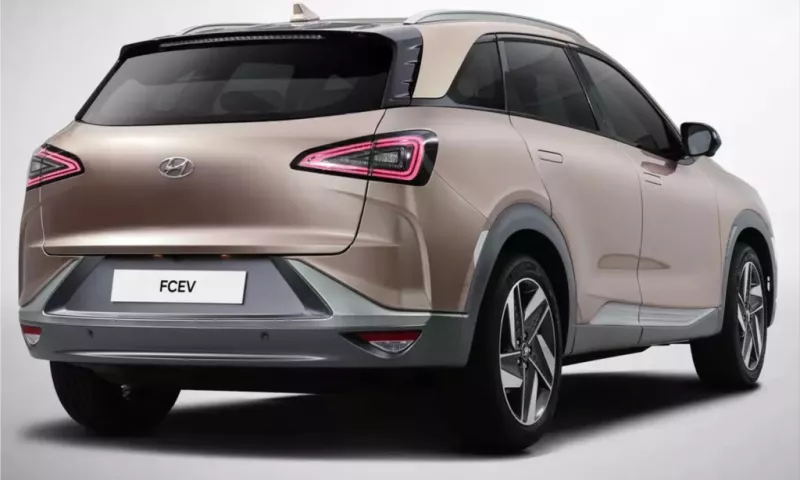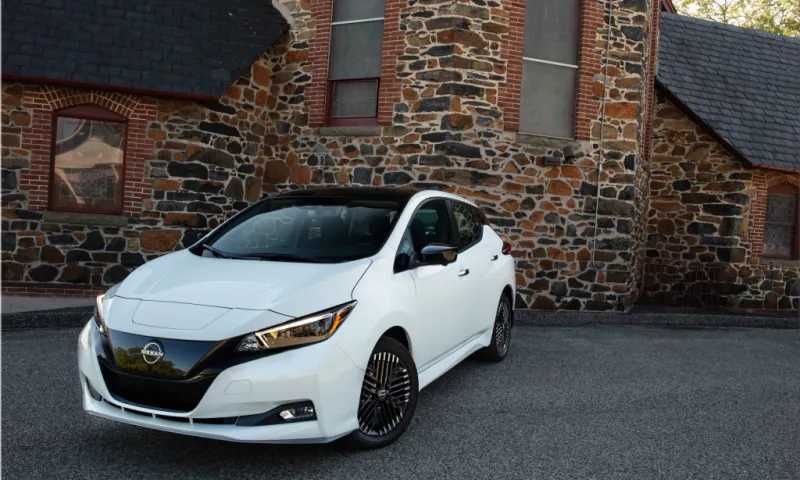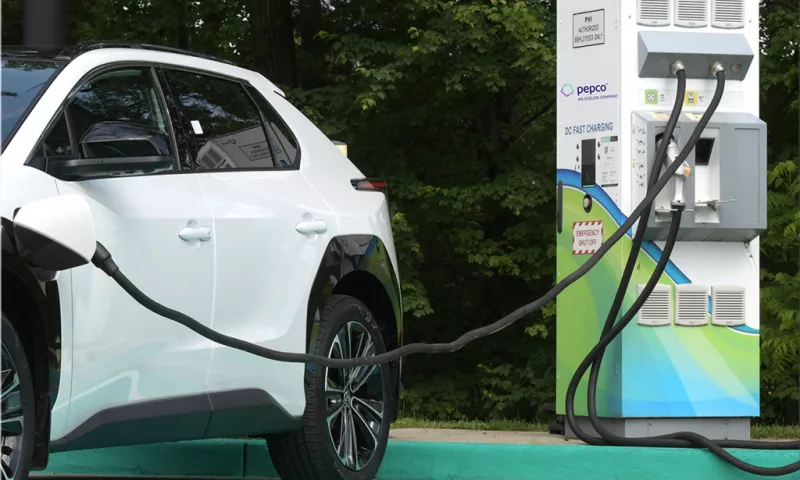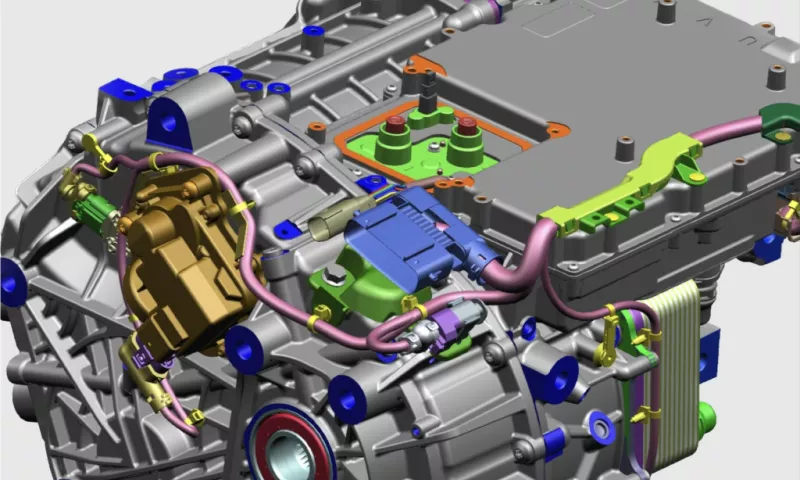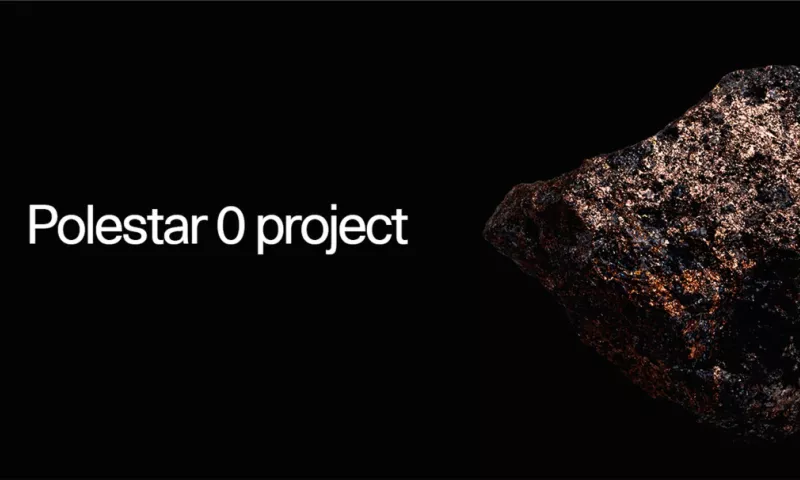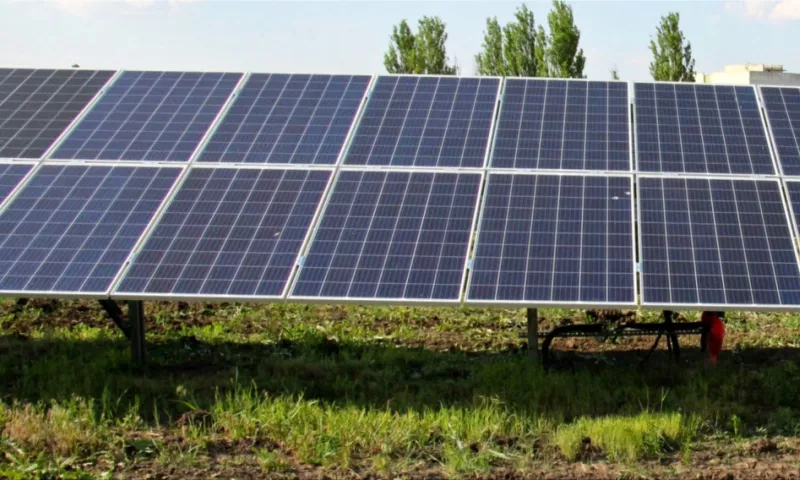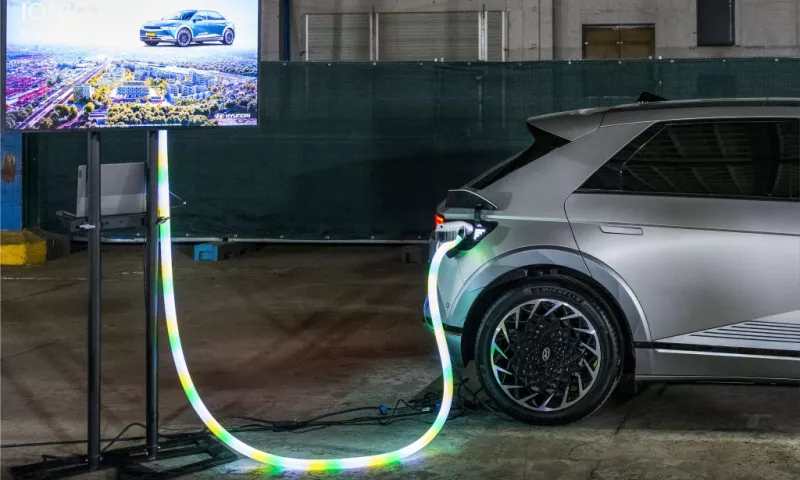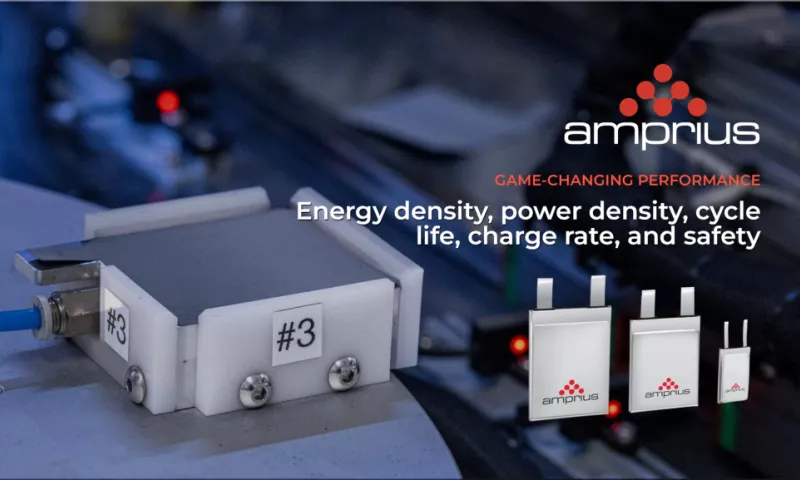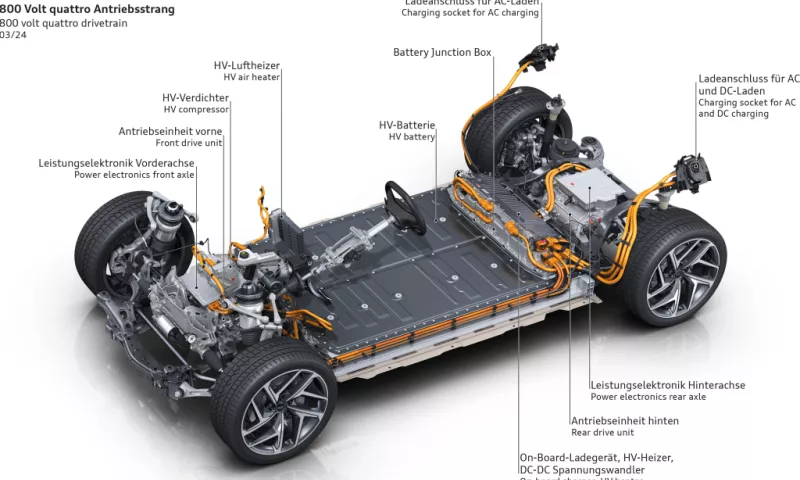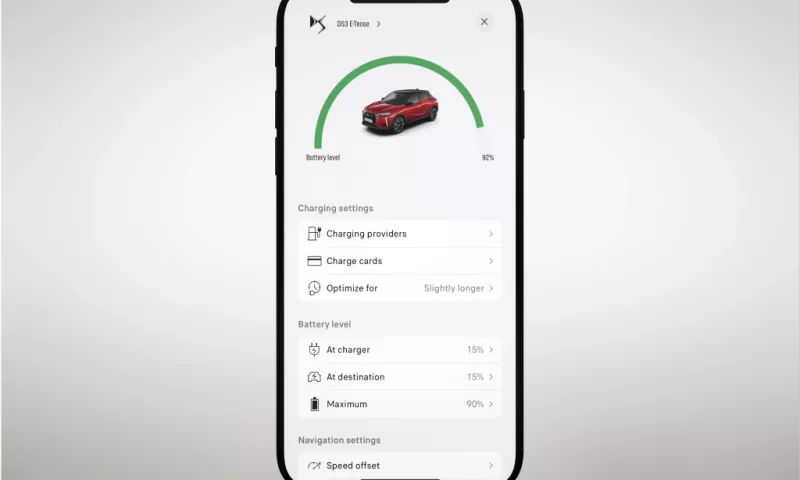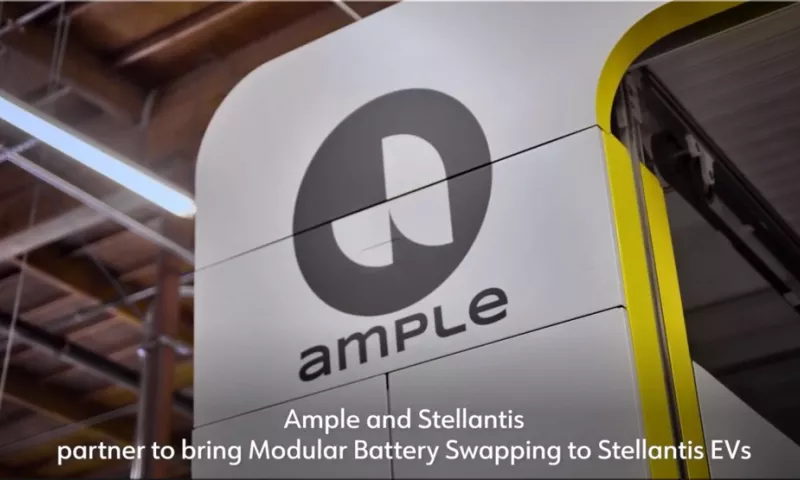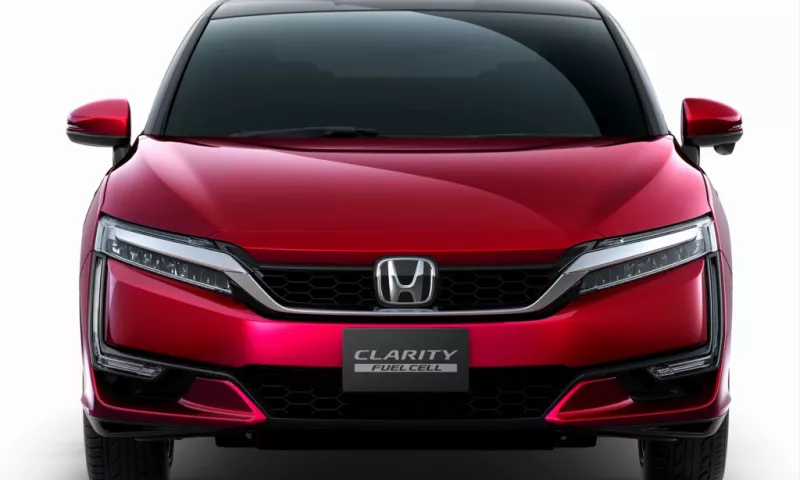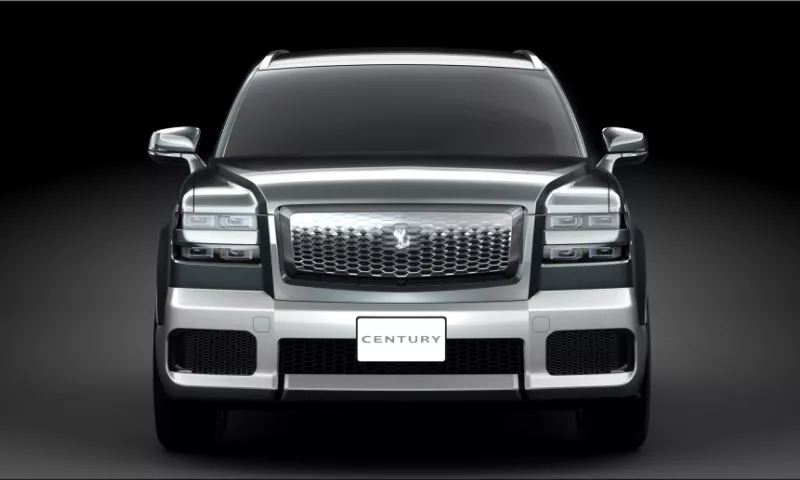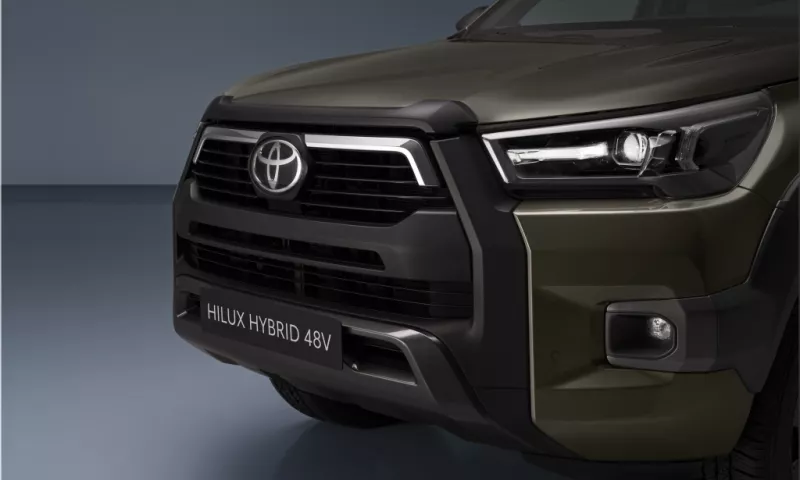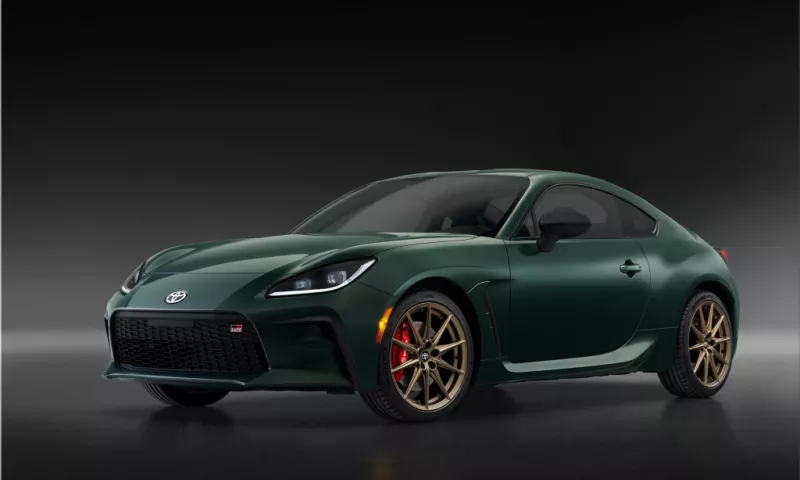Toyota, one of the world’s leading automakers, is expanding its research on vehicle-to-grid (V2G) technology, which allows electric vehicles (EVs) to supply electricity back to the grid when needed. The company announced a new collaboration with San Diego Gas & Electric Company (SDG&E), the largest electric utility in San Diego and southern Orange counties, to conduct a pilot project using Toyota’s battery electric vehicles (BEVs) and V2G chargers.
What is Vehicle-to-Grid Technology, and Why is it Important?
Vehicle-to-grid technology is a system that enables bidirectional power flow between EVs and the grid. This means that EVs can not only charge their batteries from the grid but also discharge electricity back to the grid when there is excess demand or a supply shortage. By doing so, EVs can act as distributed energy resources (DERs) that can provide various benefits to the grid, such as:
- Peak shaving: reducing the peak demand on the grid by discharging EV batteries during periods of high electricity consumption, such as hot summer days or cold winter nights.
- Frequency regulation: maintaining the balance between electricity supply and demand by adjusting the power output of EVs in response to fluctuations in grid frequency, which can be caused by renewable energy sources, such as wind and solar, or sudden changes in load.
- Voltage support: improving the power quality and reliability of the grid by injecting or absorbing reactive power from EVs to maintain the optimal voltage level at different points of the grid.
- Emergency backup: providing backup power to the grid or critical loads in case of grid outages or blackouts, such as during natural disasters or cyberattacks.
Vehicle-to-grid technology can also benefit EV owners by:
- Lowering electricity bills: allowing EV owners to participate in demand response programs or dynamic pricing schemes that offer incentives or discounts for charging or discharging EVs at optimal times, such as when electricity prices are low or high, respectively.
- Increasing battery lifespan: reducing the stress and degradation of EV batteries by optimizing the charging and discharging patterns and avoiding extreme states of charge or discharge, such as fully empty or full.
- Enhancing EV performance: improving the driving range and efficiency of EVs by maintaining the optimal temperature and state of charge of the batteries, especially in cold or hot weather conditions.
How Does the Toyota-SDG&E Collaboration Work?
The Toyota-SDG&E collaboration is the first of its kind for Toyota in the US and the first time that SDG&E has worked with an original equipment manufacturer (OEM) on EV integration and smart charging. The collaboration consists of two phases:
- Phase 1: The project's first phase will be hosted at SDG&E’s System Operating Services Facility (SOSF) microgrid in Lancaster, south of Toyota’s national headquarters in Plano, Texas. The SOSF microgrid comprises four interconnected microgrids that can be controlled independently or operated in parallel, tandem, or combined into a single, larger system. The microgrid also includes a V2G charger, solar panels, and battery storage for testing and evaluation. At this site, Toyota and SDG&E will use a BEV to understand the interconnectivity between EVs and utilities better and to demonstrate the feasibility and benefits of V2G technology.
- Phase 2: The project's second phase is slated for 2023 and will include a V2G pilot where testing will be conducted with BEVs connected at homes or businesses within SDG&E’s service territory. This phase will aim to assess the customer experience and satisfaction with V2G technology and to explore the potential for scaling up the deployment of V2G chargers and EVs in the region.
The collaboration will leverage Toyota’s expertise in EV technology and SDG&E’s experience in grid operations and customer service. The project will also use Toyota’s Electric Vehicle Charging Solutions (EVCS) team, which is responsible for developing and deploying EV charging infrastructure and services for Toyota’s customers and dealers in North America.
What are Toyota’s Goals and Plans for Vehicle-to-Grid Technology?
Toyota is one of the pioneers and leaders in developing and adopting hybrid and electric vehicles. The company has a long-term vision of achieving carbon neutrality by 2050 and has set a goal of selling 8 million electrified vehicles, including 2 million BEVs, by 2030. The company also plans to launch 15 new BEV models globally by 2025, including seven under the new bZ (Beyond Zero) brand.
Toyota sees V2G technology as a key enabler for its electrification strategy and a way to enhance the value proposition of its EVs for its customers and society. The company believes that EVs can provide more than just mobility but also a source of clean and reliable energy that can power homes, communities, and even the grid in times of need.
Toyota has been conducting V2G research and demonstration projects in various countries, such as Japan, Europe, and Australia, since 2007. The company has also been collaborating with other stakeholders, such as utilities, regulators, academia, and industry associations, to advance the technical, regulatory, and business aspects of V2G technology. The collaboration with SDG&E is an important step for Toyota to understand the needs and opportunities of the US market, which is one of the largest and most competitive EV markets in the world.
